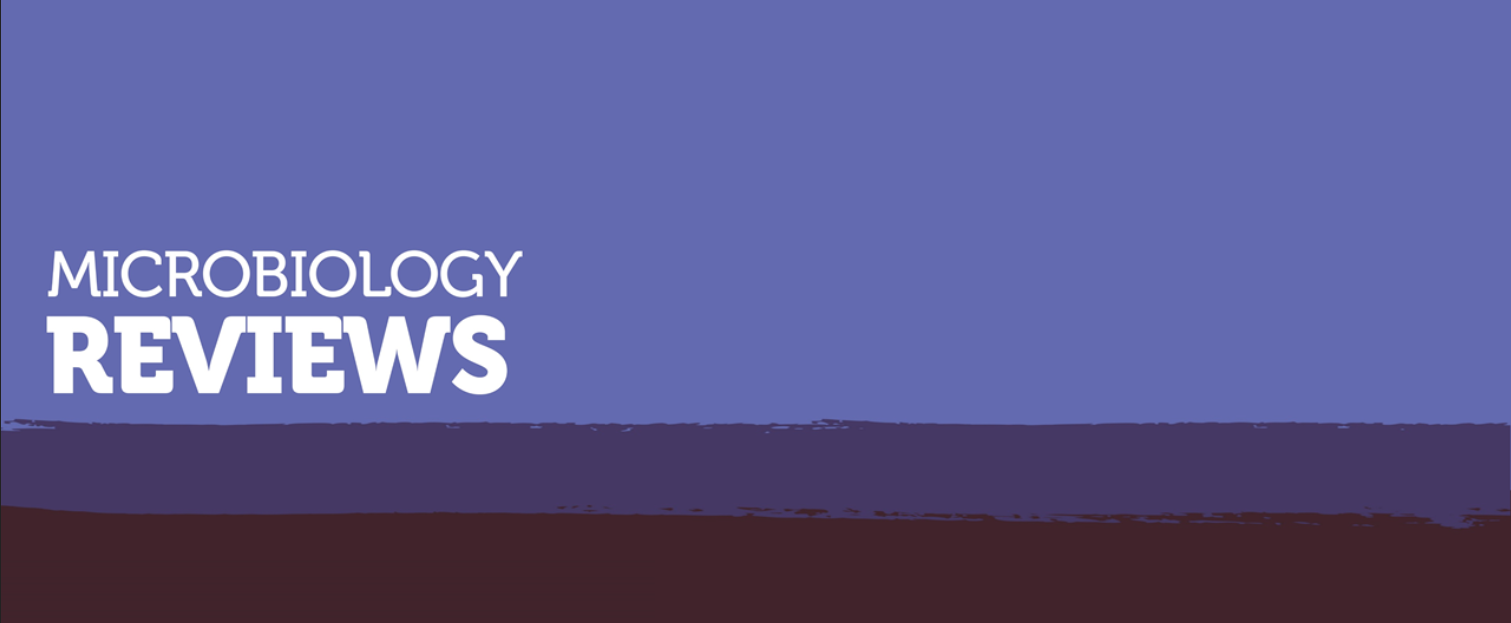Michelle Wille and Edward Holmes: Winner of the 2020 Best Article Award From FEMS Microbiology Reviews
26-01-21
Dr Michelle Wille from Doherty Institute (@DuckSwabber) and Prof Edward Holmes from the University of Sydney (@edwardcholmes) are the winners of the 2020 article award from FEMS Microbiology Reviews. Their winning paper is titled Wild birds as reservoirs for diverse and abundant gamma- and deltacoronaviruses.
We interviewed Michelle and Edward to find out more about the paper and their answers can be found bellow.
Could you provide a brief, simple overview of the topic your paper covers?

Our article aims to bring together and synthesize all studies on coronaviruses in wild birds. Birds are long known to be important reservoirs coronaviruses, with infectious bronchitis virus being the first described coronavirus. However, it is only in the last ~ 2 decades that we have begun to screen wild birds for these viruses. Through bringing together the literature, we aimed to reveal virus diversity, and disentangle host range and ecology of these viruses. Through this effort, we revealed important biases in the work that has been done this far, the lack of consistency in detection and characterization methods, and the general lack of tools for serology and virus isolation.” – Dr Michelle and Prof Edward
Why is it so important to study the ecology and diversity in the wild bird reservoir?
Wild birds are important to study for a multitude of reasons. First, they are known reservoirs for a number of zoonotic microorganisms, including viruses. Second, viruses from wild birds may emerge in poultry systems, causing significant socioeconomic ramifications. The result of dramatic increases of poultry production around the globe is that these birds may act as amplification hosts for any wild bird viruses, which may increase the risk of emergence of virulence and potentially the emergence of zoonotic strains. Third, wild birds are amazing avian athletes. Here in the East-Asian-Australian Flyway, wild birds routinely migrate from Australia, through South East Asia and China to Siberia to breed, and some species will return to Australia with an addition pit stop in Alaska. As such, wild birds have the capacity to connect distant parts of the planet and bring viruses with them.” – Dr Michelle and Prof Edward
What encouraged you to perform research in this area of microbiology?

I had been working on avian influenza viruses in wild birds for many years, and towards the end of my PhD I realised that it was unlikely that the birds we were working on were infected with only influenza. This resulted in a study wherein we screened the birds at our study site for influenza, coronaviruses and paramyxoviruses and the results suggested that wild bird populations and individuals may be coinfected with may viruses. My current research focusses on the communities of viruses in wild birds, and we consistently detect coronaviruses ducks and shorebirds, suggesting these viruses are reasonably common. As such, this review was really driven by the goal of understanding the dynamics of coronaviruses in wild birds to put disentangle global dynamics and place these frequent coronaviruses detections in context.” – Dr Michelle Wille
What do you see as the next steps in this area of research?
We are really at the infancy in our understanding of coronaviruses in wild birds. With standardizations of assays and better tools we have the capacity to expand our understanding of the true viral diversity in wild birds. With more interest in coronaviruses, I hope to see more studies screening a larger array of bird species to better disentangle host range. Furthermore, with larger screening studies that involve cohorts of birds (rather than “snap- shot” studies) we may reveal key ecological parameters, such as the role of season or host age. I am really looking forward to the future of this field!” – Dr Michelle Wille
Read the 2020 award winning paper: Wild birds as reservoirs for diverse and abundant gamma- and deltacoronaviruses
